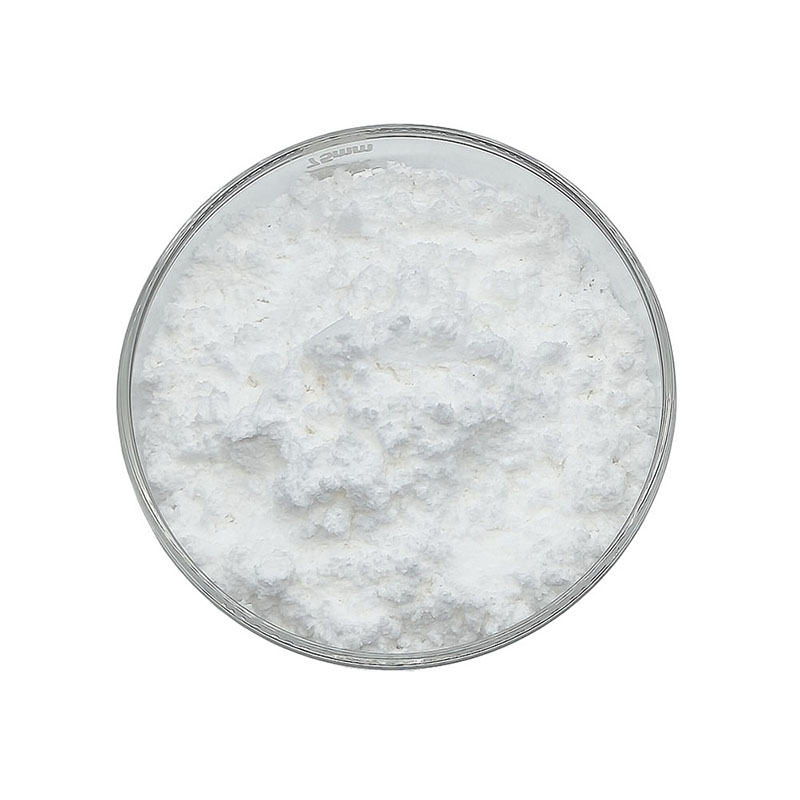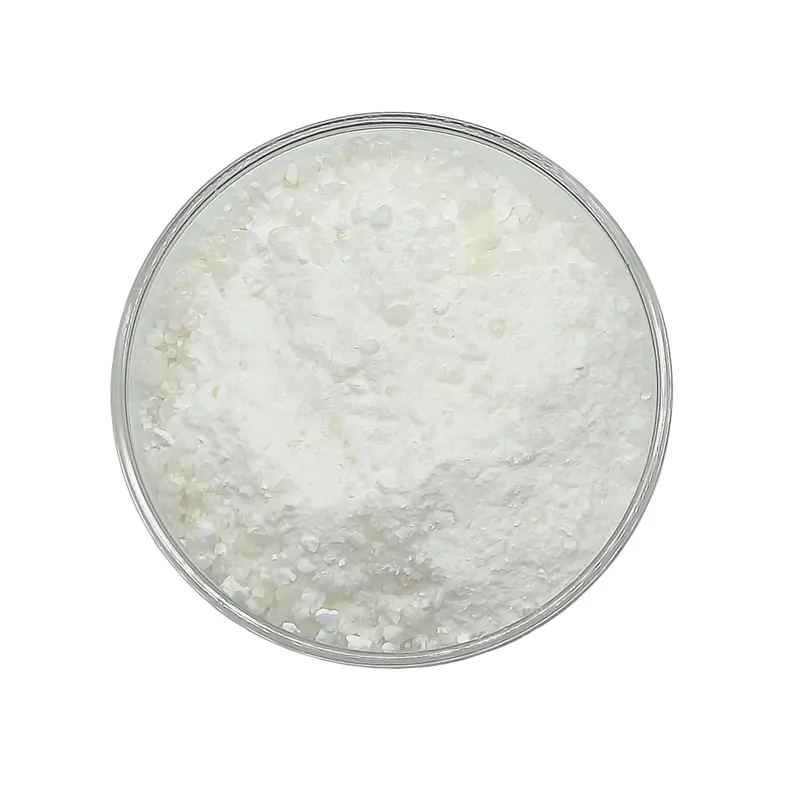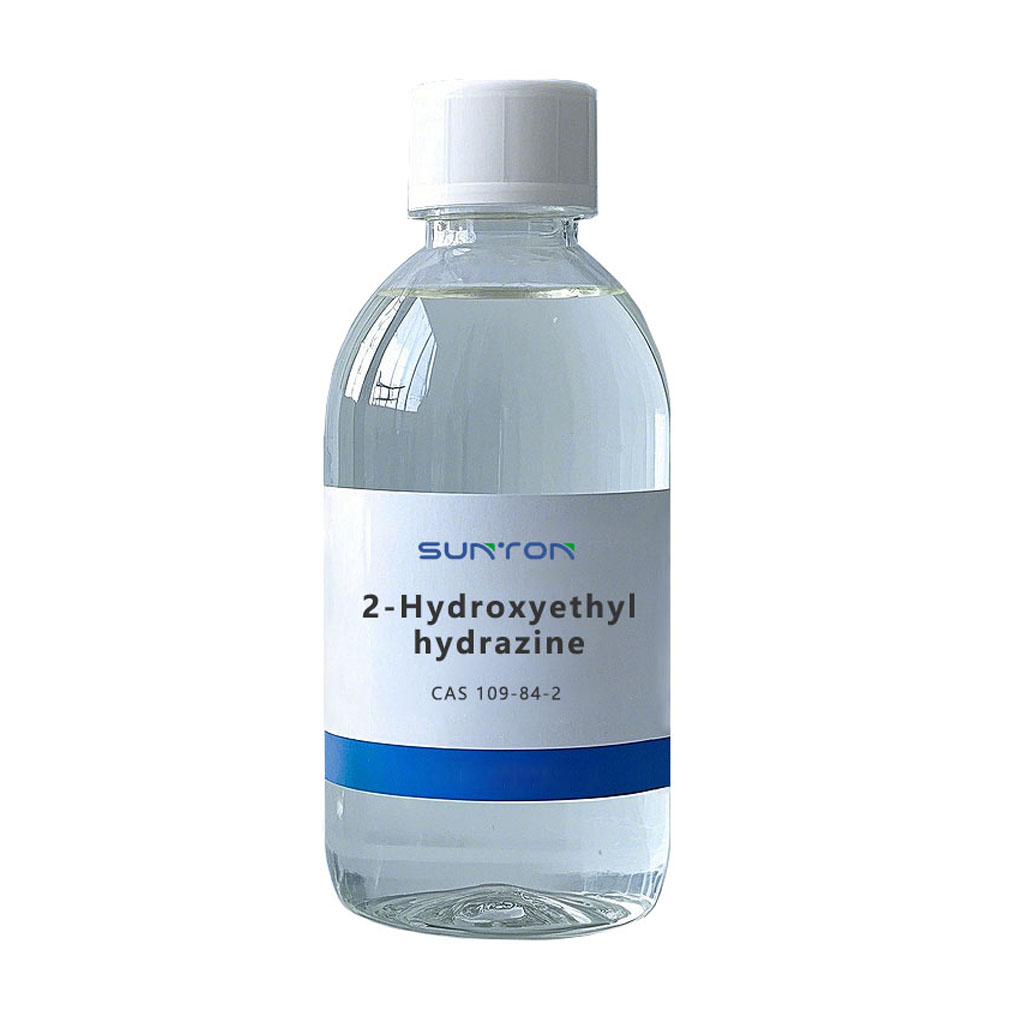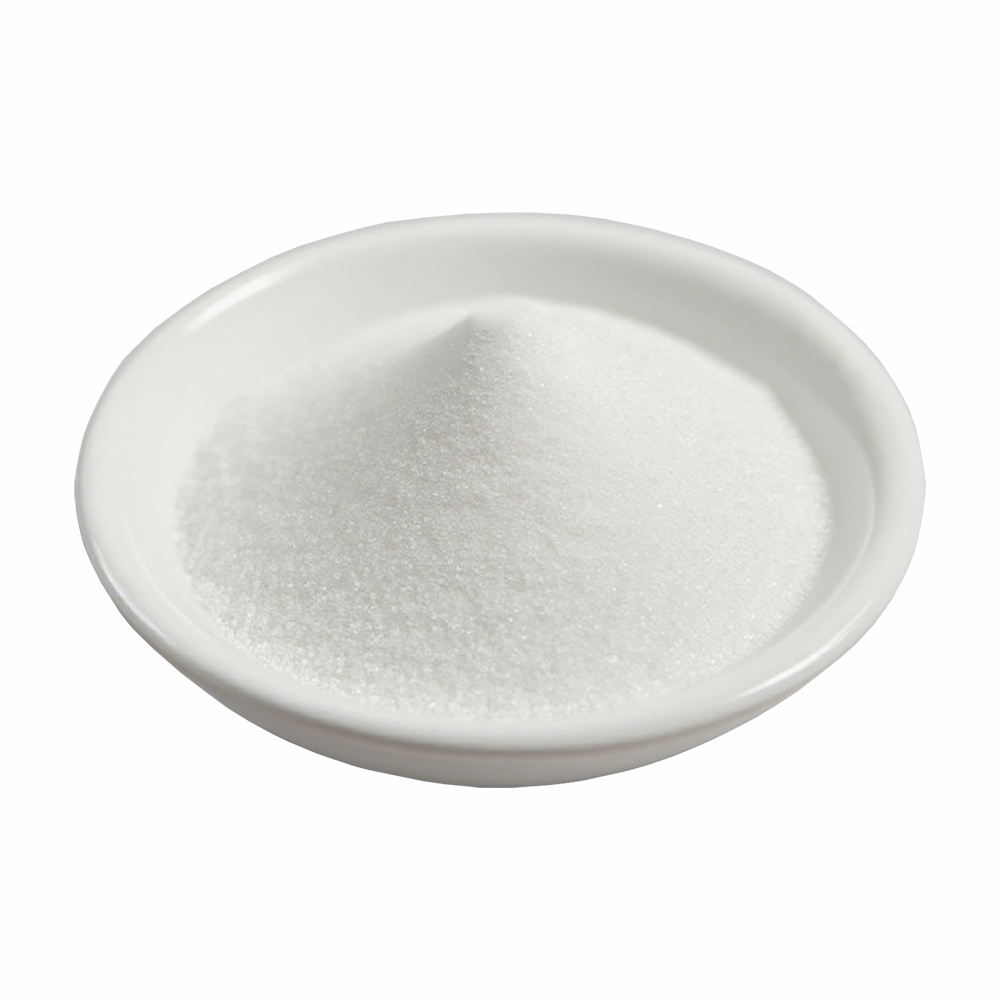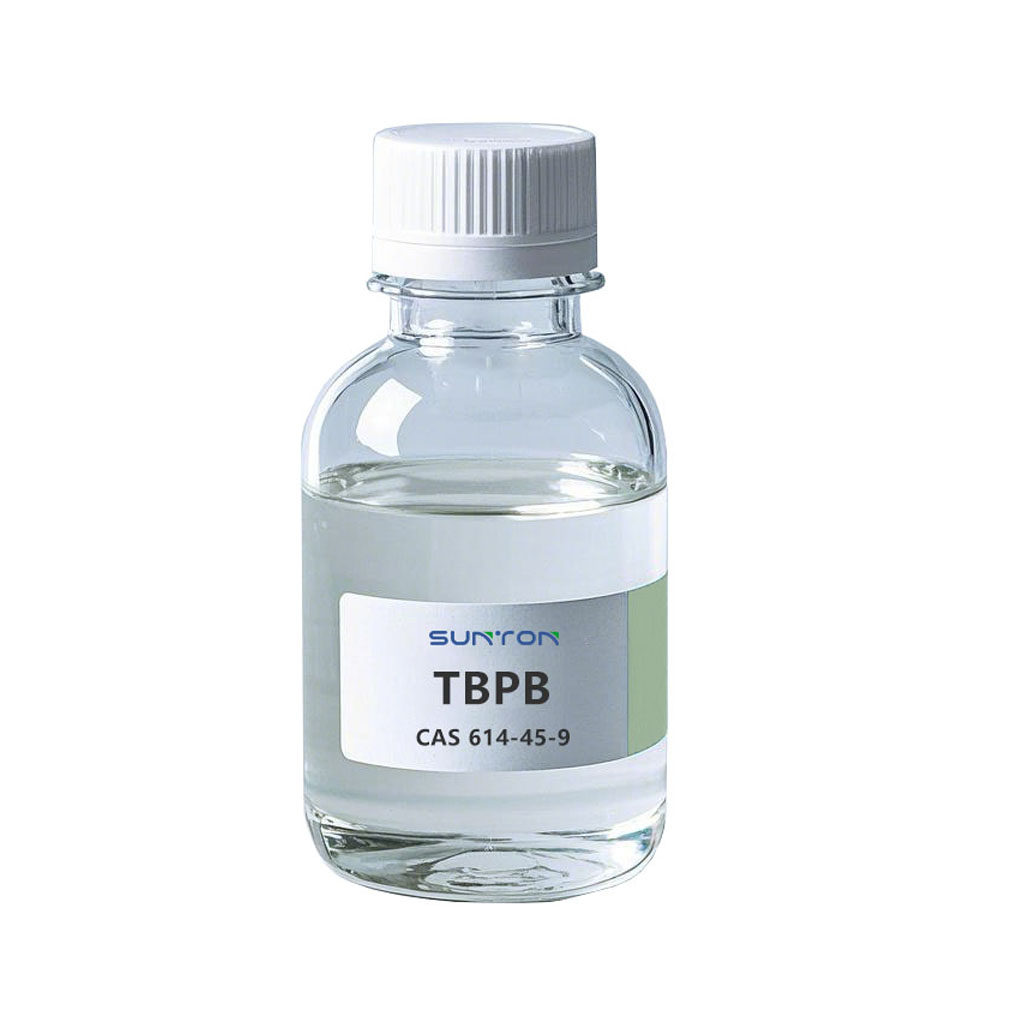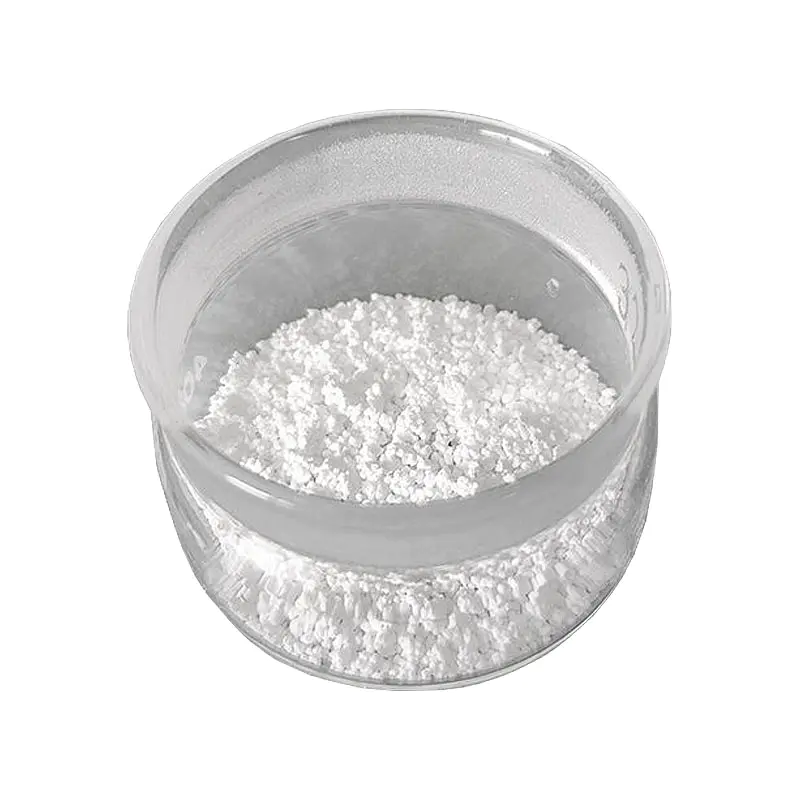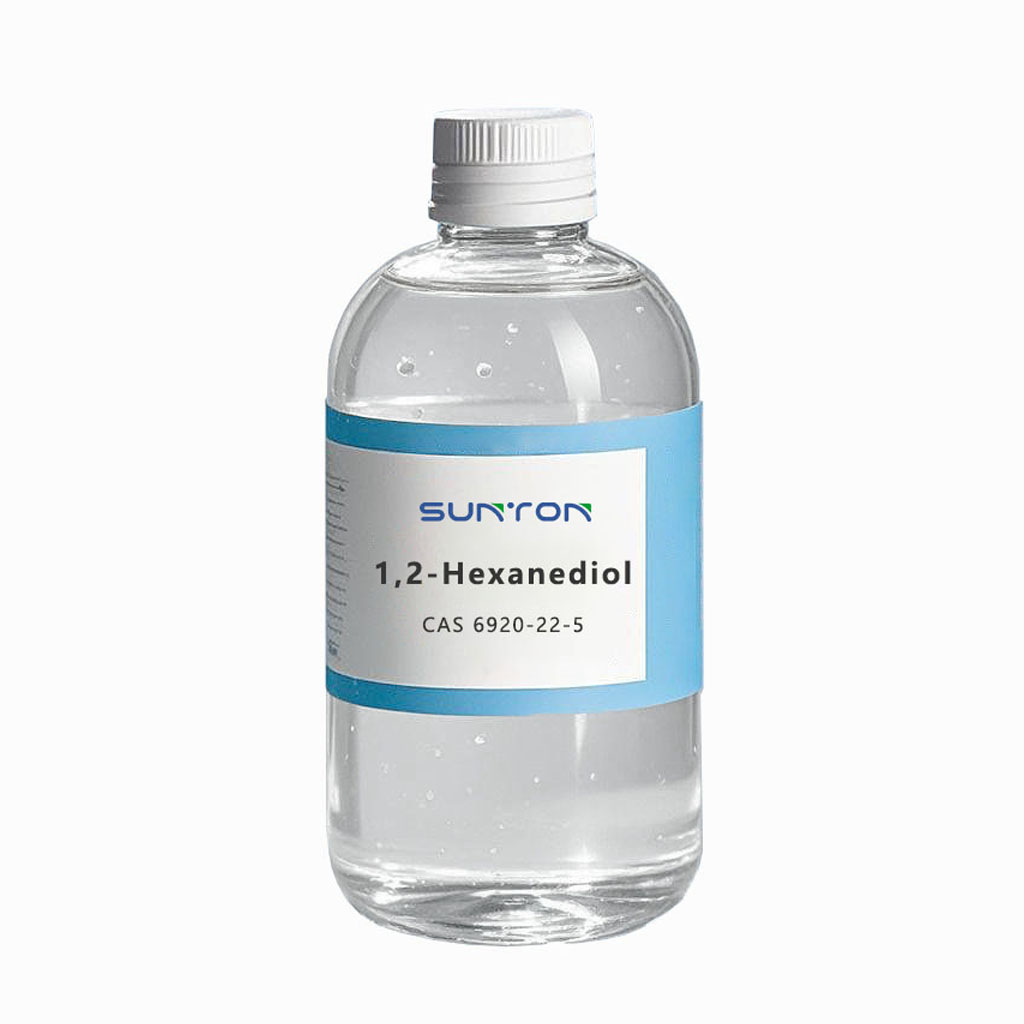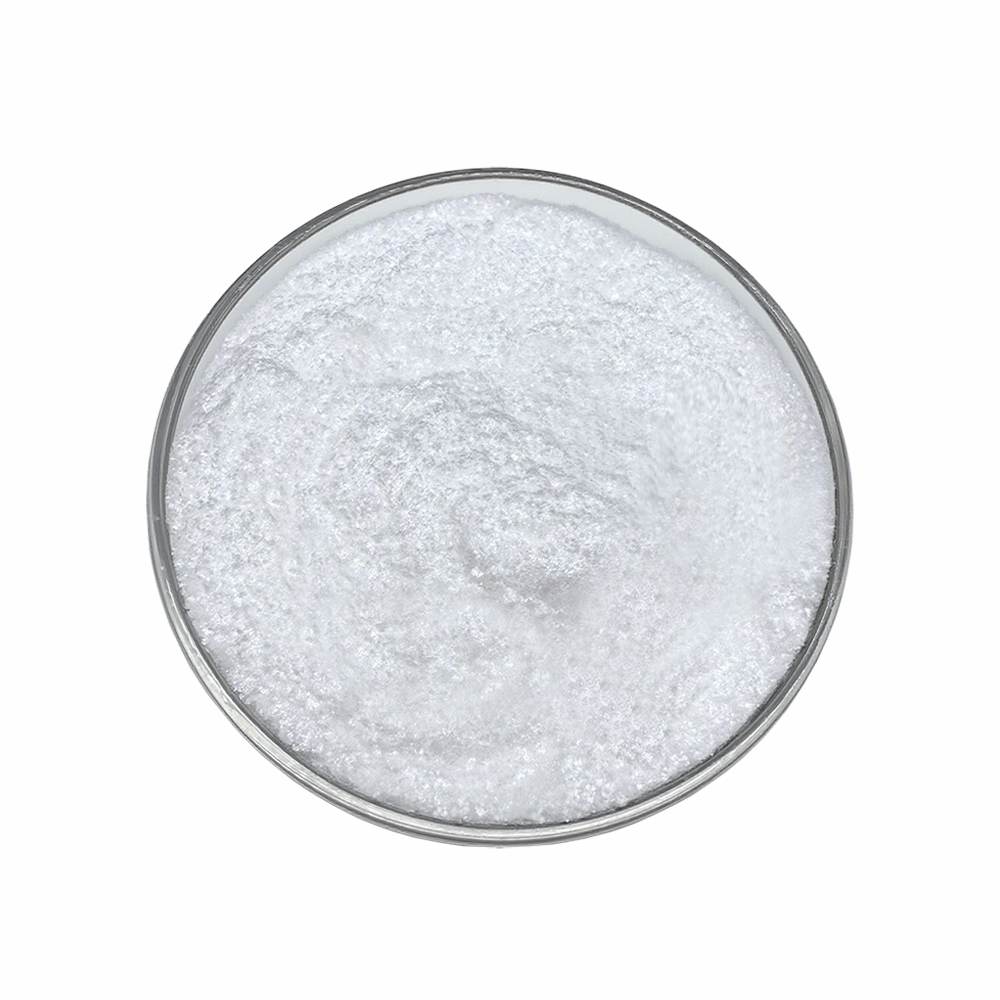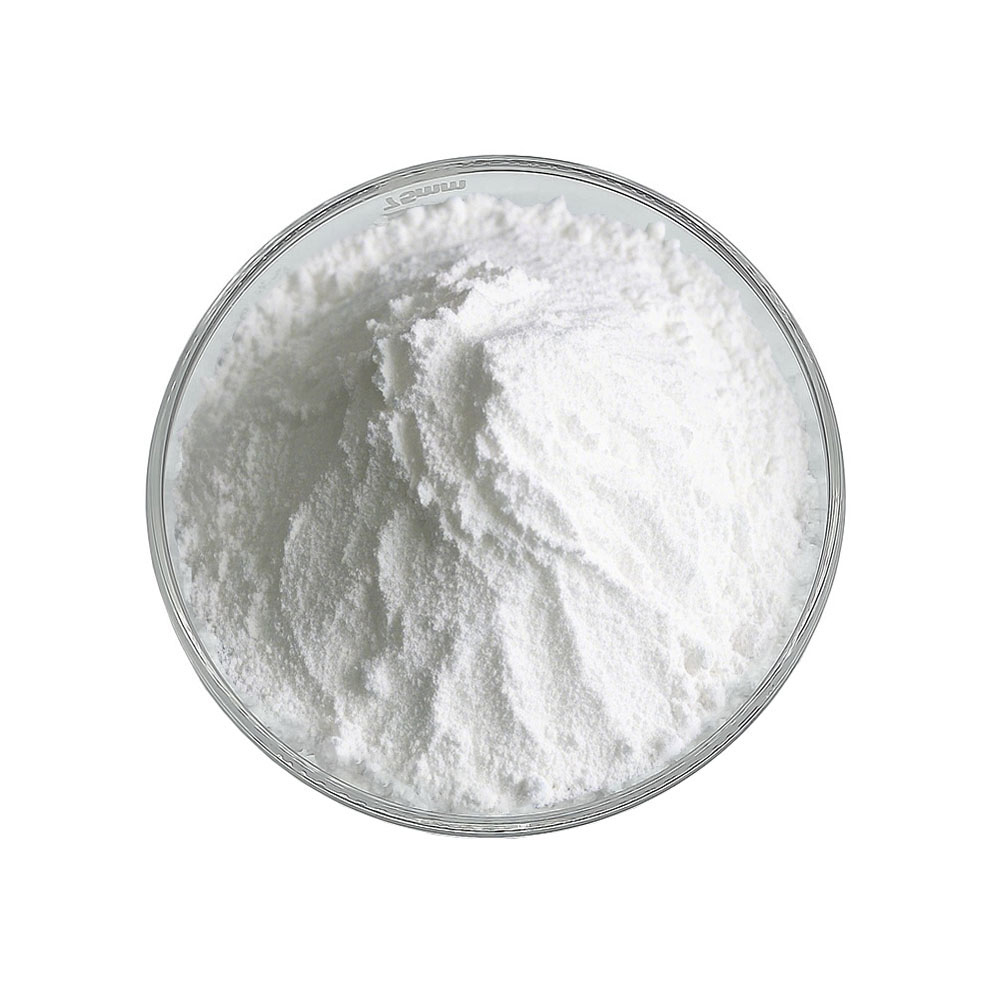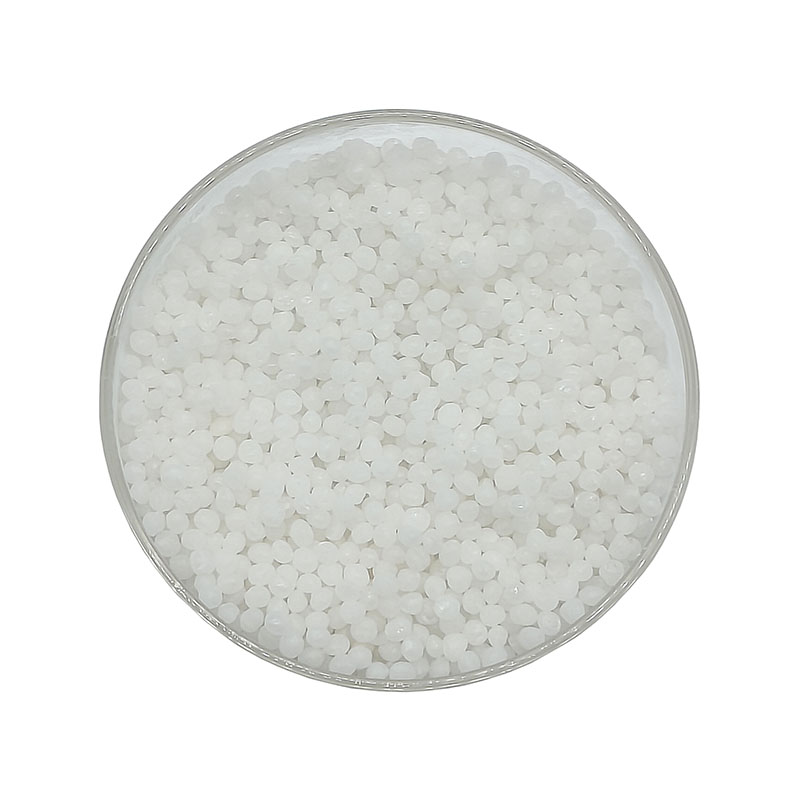Search By Posts
Product Category
Industry News
 By Admin
By Admin
1,2-Hexanediol: Do You Know Its True Nature?
What Exactly is 1,2-Hexanediol?
1,2-Hexanediol is an organic compound belonging to the diol family, featuring a straight-chain skeleton of six carbon atoms with a hydroxyl group (-OH) attached to both the 1st and 2nd carbon atoms. This structure endows it with both certain hydrophilicity and moderate hydrophobicity due to the length of its carbon chain, making it a versatile additive with unique properties. It is typically produced through chemical synthesis, appearing as a colorless to pale yellow liquid or crystalline solid, and exhibits good stability at room temperature. Compared to other diol substances, the molecular structure of 1,2-hexanediol grants it application potential in various fields, particularly excelling in scenarios requiring a balance between hydrophilic and hydrophobic characteristics, thus becoming a common ingredient in industrial production and daily consumer goods.
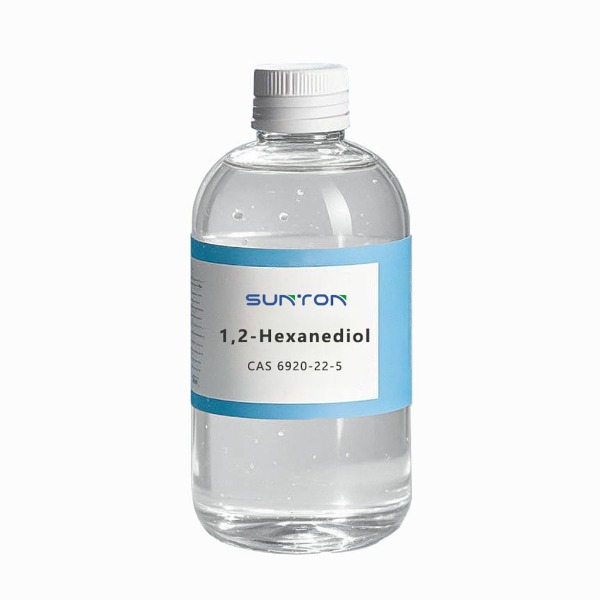
Key Physicochemical Properties of 1,2-Hexanediol
The physicochemical properties of 1,2-hexanediol provide it with numerous advantages in practical applications. Firstly, it boasts excellent solubility, being miscible with water in any proportion and soluble in various organic solvents such as ethanol and propylene glycol. This property allows it to be flexibly incorporated into diverse formulation systems without concerns about stratification or precipitation. Secondly, it has a relatively high boiling point, usually exceeding 200°C, meaning it is not easily lost due to volatilization during high-temperature processing, enabling it to maintain stable efficacy and making it suitable for production steps involving heating and stirring.
Furthermore, 1,2-hexanediol possesses certain antimicrobial capabilities. Although not a dedicated preservative, it can inhibit the growth and reproduction of microorganisms like bacteria and molds at specific concentrations. This characteristic allows it to help extend the shelf life of products in cosmetics and personal care items. Meanwhile, its moisturizing performance is quite prominent; the hydroxyl groups can form hydrogen bonds with water molecules, aiding in retaining moisture. In skincare products, it can improve the skin feel of the product and reduce the tightness or irritation caused by other ingredients. Notably, its chemical properties are relatively stable, not easily decomposing under normal storage conditions, and it rarely reacts adversely with most acids, alkalis, and other additives.
Application Scenarios of 1,2-Hexanediol in Various Fields
In the cosmetics and personal care industry, 1,2-hexanediol finds the widest application. In skincare products, it is often added to toners, lotions, creams, and other items as a moisturizer and auxiliary preservative. It can enhance the product’s moisturizing effect while reducing the usage of traditional preservatives, thereby lowering the risk of skin sensitivity. In facial mask serums, its solubility and stability enable it to be compatible with various active ingredients, helping maintain the uniformity of the formulation system. Adding an appropriate amount of 1,2-hexanediol to cleaning products such as shampoos and body washes can alleviate skin dryness caused by surfactants and simultaneously enhance the product’s preservative effect.
In the industrial sector, 1,2-hexanediol can be used as an additive in coatings and inks. Leveraging its solubility and moisturizing properties, it improves the leveling and adhesion of products, preventing coatings from cracking or peeling during the drying process. In the textile industry, it can serve as a component of fabric softeners, enhancing the hand feel and water absorption of fabrics by binding to the fiber surfaces. Additionally, in the synthesis of pharmaceutical intermediates, the unique structure of 1,2-hexanediol allows it to act as a reaction raw material, participating in the preparation of various compounds and providing basic material support for drug research and development.
Safety and Usage Precautions of 1,2-Hexanediol
1,2-Hexanediol exhibits high safety when used within reasonable limits. According to relevant studies and industry standards, when added to cosmetics at concentrations not exceeding 5%, it does not cause significant irritation to the skin and mucous membranes of most people. However, for individuals with sensitive skin, it is advisable to conduct a local test before using products containing this ingredient to check for adverse reactions such as redness or itching. It should be noted that although its antimicrobial effect is auxiliary, it cannot completely replace professional preservatives. In products prone to microbial growth, it still needs to be used in conjunction with other preservative ingredients to ensure product safety.
During production operations, direct contact of 1,2-hexanediol with eyes and broken skin should be avoided. In case of accidental contact, it is necessary to rinse immediately with plenty of water. Due to its certain volatility (especially at high temperatures), operators working in poorly ventilated environments are recommended to wear protective masks to reduce the risk of inhalation. Moreover, it may react with some strong oxidants, so it should be stored separately from such substances to prevent chemical changes that could affect its performance.
Storage and Handling of 1,2-Hexanediol
The storage of 1,2-hexanediol must follow specific guidelines to ensure its stability. It should be tightly sealed and stored in a cool, dry, and well-ventilated warehouse, away from fire sources and heat, and protected from direct sunlight. The ambient temperature is recommended to be controlled between 5-30°C. Packaging containers should be made of corrosion-resistant materials such as plastic or glass, and must be tightly sealed to prevent moisture or impurities from entering and causing ingredient deterioration.
For unused 1,2-hexanediol, the container lid should be tightened promptly, with the remaining quantity and storage date marked to confirm its validity during subsequent use. Regarding waste disposal, if it needs to be discarded due to expiration or deterioration, it should be classified in accordance with the regulations of local environmental protection departments. It must not be arbitrarily poured into sewers or soil to avoid environmental pollution. Small amounts of residual liquid can be mixed with other industrial waste and handed over to professional disposal agencies to ensure compliance with environmental requirements.


 English
English 中文简体
中文简体
